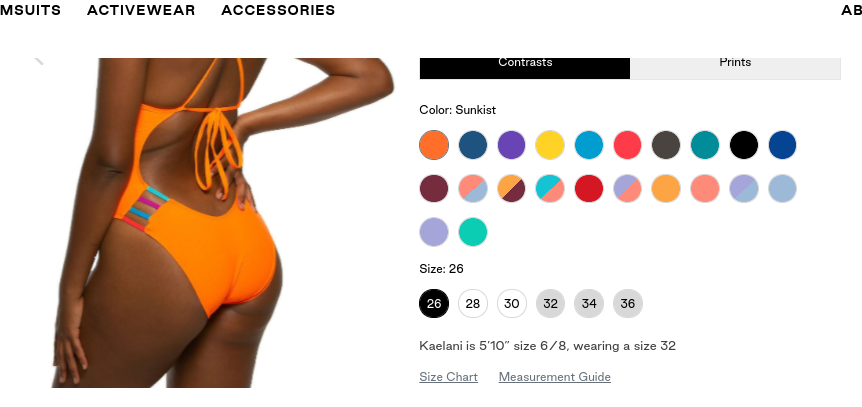When thinking about any sport, although equipment may come to mind, a certain body type or uniform may come to mind as well. Whether it’s football, volleyball, gymnastics, or hockey, there is almost always an ideal look that athletes strive for in order to recognize that they are at the top of their game, or to have something that shows all of the time and effort they put into this sport. Is this the right way to go about playing a sport, or do these expectations of athletes’ body image need to change?

“I feel like you have to look like you have muscle in your body, you can’t be really skinny to play a sport like soccer. In volleyball, you can’t be super skinny because you need to jump high enough to get over the net,” said sophomore Libby Bubelis.
For women in today’s society specifically, muscular bodies are not the types of bodies that are considered the most beautiful. Women are expected to look feminine and fit with abs, thick thighs and a small waist. However, when women build up muscle, especially in their arms or backs, they are criticized for looking too manly and “gross”.
“Occasionally maybe a boy on the team will make a comment, or one time one of my coaches made a comment to my friend [about her body]…I remember when I first started swimming and I would show up and all of the girls would have that ideal swimmer body, I wanted that, I would go home and google ‘workouts to get a smaller waist’, and I look back on that now and it’s so bad,” said sophomore Caley Brungardt.
Although expectations on athletes can impact a person negatively, they can also act as motivators in order to perform better or help someone reach a certain goal, especially in sports like wrestling, where emphasis is placed on weight groups.
“I’d say it’s kind of motivating to get you in better shape, depending what weight you wrestle at, sometimes it could be a little bit discouraging, I’d say for some people if they don’t look a certain way, but I’d say most of the time it is pretty motivating…[I don’t see it as negative] at all,” said junior Kai Saito.

Even though expectations surrounding an athlete’s appearance may motivate them to continue working and actually see those results, a person who is wanting to join a sport but doesn’t meet those expectations may feel excluded and discouraged to join, whether it’s because they compare themselves to others or simply because they don’t fit into uniforms.
“Especially with swimming, swimsuit brands typically don’t have a very inclusive sizing on them. Some swimsuit brands only go up to, like, a size 36 which is not very big. And there are some trendy swimsuit brands that don’t go any bigger than, like, what would be a large in normal clothing brands. I think that’s hard for other girls to grasp that it’s okay to be a larger person, and it’s okay to not fit the body norms,” said Brungardt.
Although fat-shaming continues to be an extreme and pressing problem, focusing mostly on the assumption that fat people aren’t exercising, how are they supposed to when most brands don’t cater to them? This brings up the all-encompassing question, why does there even need to be body expectations for athletes in the first place?
“I’m trying to be a running back, but I used to be a lineman so I was bigger. I feel like I have to slim down and get stronger so that I can get in at that position.. I think that it would get more people involved in the sport if [body expectations] changed,” said senior football player Brycen Mhlangn.
Even though certain body types may fit a certain sport or position better, the emphasis on changing your appearance to fit in that “box” has created environments where athletes feel like they have to work even harder to feel like they have a chance at getting there in the first place.
Muscle mass and fluctuations in weight is expected when you are in season, however, cutting down or significantly changing what you eat or how hard you are working out in order to feel like you can be successful can be extremely damaging and in some ways, can promote eating disorders and insecurities surrounding body image.
While body image continues to be an ever-growing complex issue, body image surrounding athletics has many glaring issues that need to be addressed worldwide, and are things that can be started by a whole team, or even a coach or individual athlete.





